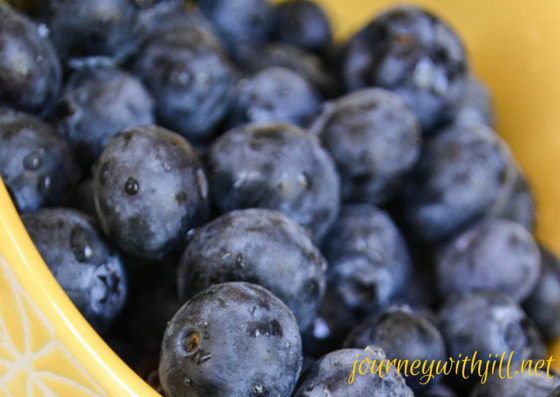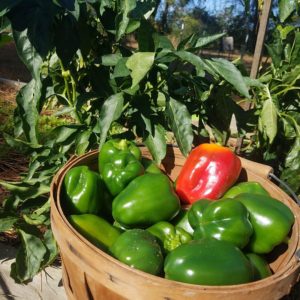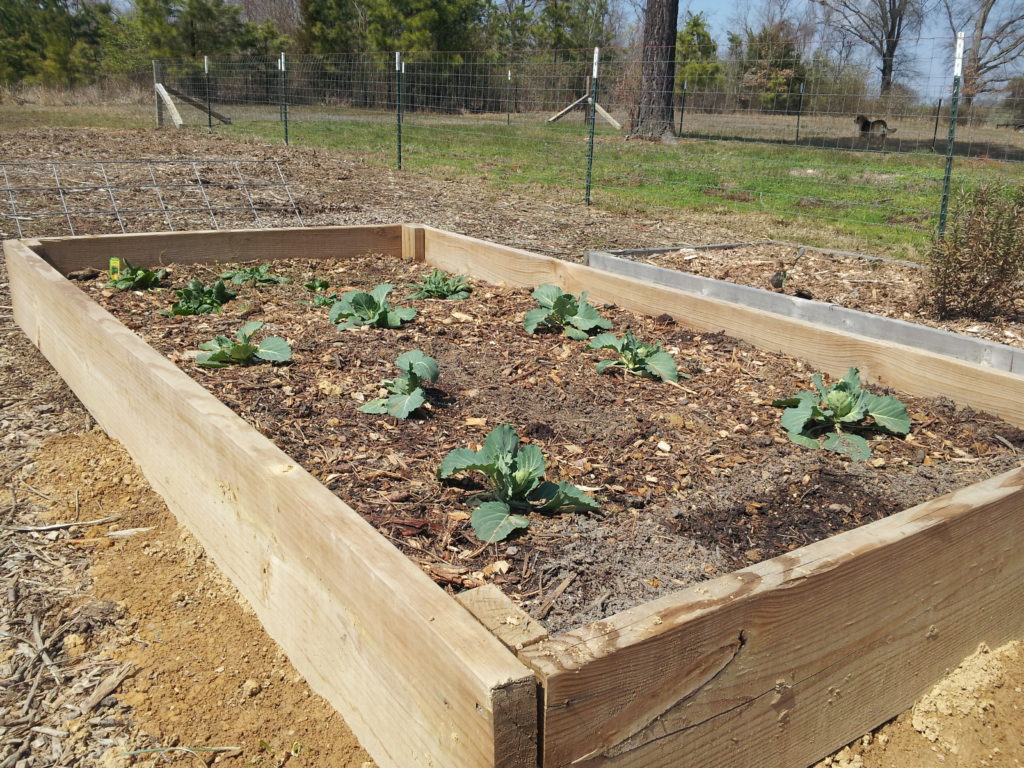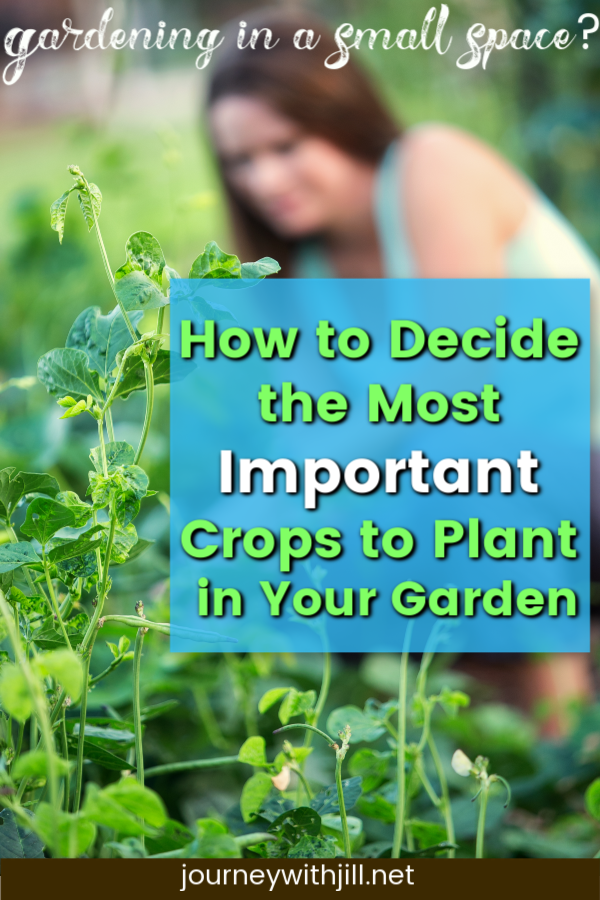What to Plant in Your Garden
You’re already starting to dream about your next garden. You browse seed catalogs, peruse gardening posts on Pinterest, and eye the transplant options at the local nursery. But what to plant?
You want them all!
So how do you choose?
The one mistake you don’t want to make is planting more than you can keep up with. It’s hard, but necessary, to pare down your list to a certain number of key crops. That number will, of course, depend on your garden space and whether you’re growing for fresh eating only or you want to preserve for the off-season as well.
In this episode of The Beginner’s Garden Podcast, I give you 5 tips to help you decide what to plant in your garden. Click below to listen or continue reading.
5 Tips to Help You Decide What to Plant in Your Garden
Choose crops you eat often
The best use of your garden space is with crops you already eat on a regular basis. Sure, it’s fun to experiment with some others. If I hadn’t tried black-eyed peas, they wouldn’t have become a staple in my garden and in my pantry. But for most of your garden space, choose what you know you already eat. Remember that what you grow at home tastes so much better than what you can buy at the store.
Ask yourself: what vegetables, fruit, and herbs do I buy the most at the grocery store? This will help you prioritize the crops you want in your garden.
Related: My Favorite Herbs to Grow & Use

Choose crops that are expensive to purchase at the grocery store
If you really want to get the most bang for your gardening buck (gardening is cheap but it’s not free), your best investment is in crops that cost more – even in peak season – at the grocery store.
For my garden, herbs top the list. It’s amazing to me how expensive basil is, for example, yet how easy it is to grow.
Another example is peppers. Even at peak season, I’ve rarely seen a red bell pepper for less than $1.00. My four plants give me dozens of red and green peppers — you do the math.
I also can’t forget blueberries. On sale, non-organic blueberries cost $2.00/pint. When they’re not on sale, you can bet on more than double that. Blueberries, however, take a few years to produce heavily, so savings won’t be clear immediately. But again, at four gallons by the third year and more each year after that, my blueberry bushes proved the best investment for the long-term. (Of course, if you don’t eat blueberries, see point #1.)

Choose crops that are listed on the “Dirty Dozen.”
Each year, the Environmental Working Group tests produce and identifies the twelve foods with the highest amounts of pesticide residues. What this means for you is this: if you are trying to reduce the amount of toxic substances you eat from produce, you’d have to purchase their organic counterpart, which costs more.
By choosing to grow your own produce pesticide- and chemical fertilizer-free (or in limited amounts), you save yourself this expense. Plus, you know exactly what is – and what is not – on your food. Among the mainstays on the Dirty Dozen list you’ll find strawberries, grapes, celery, spinach, sweet bell peppers, cucumbers, cherry tomatoes, imported snap peas and potatoes.
Click here for more information along with the full Dirty Dozen list, the Clean Fifteen, and the Dirty Dozen Plus.
Choose crops that are relatively easy to grow in your climate.
Some crops will not grow well in your climate. As a beginning gardener, it’s best to know which ones these are and avoid growing them, at least until you’re ready for a challenge.
For example, in my Arkansas climate, it’s really difficult to grow celery, even though I eat it often, it’s expensive to buy, and it is on the Dirty Dozen.
How do you know what crops struggle in your area? Look at what others are growing, what the local Farmer’s Market sells, and what transplants you see at nurseries. Ask your local friends on Facebook. (Gardeners LOVE to talk about what we grow!)
In my climate, we have relatively short spring periods, which limits our ability to grow many cool-weather crops. I am able to get a good stand of peas if I time it just right, but I put most of my gardening eggs in the hot-weather-crop basket. Try your hand at crops that grow well in your climate first. Once you get some confidence, then you might venture into some of the more iffy crops. You never know.
Additional resources:
Identify what Zone you live in here.
Understand the Difference Between Garden Zone and Growing Season
Find your state’s cooperative extension service here.

Consider Your Garden Space
Are you growing in raised beds, a plot of land, or containers? How much space do you have?
Most crops don’t command a large amount of space and can be grown easily in raised beds or small plots of land.
But some crops like watermelon, corn, and black-eyed peas need a lot of room, and you would be best suited to grow them if you have a large area. That’s not to say I haven’t grown these crops in raised beds (I have), but consider how much of your limited space you want to devote to these higher-needs crops.
–
I hope this list is helpful as you choose what to plant in your garden. Is there anything else you would add to my list?
Do you get overwhelmed with garden planning?

Subscribe here for my best tips to plan your garden in just 7 days -- all for FREE.
Plus, I'll send you my "In the Garden E-mail" on Fridays, periodic updates on garden resources relevant to you, and you'll receive access to my entire bank of free garden downloads!
You are also agreeing to our privacy policy.

